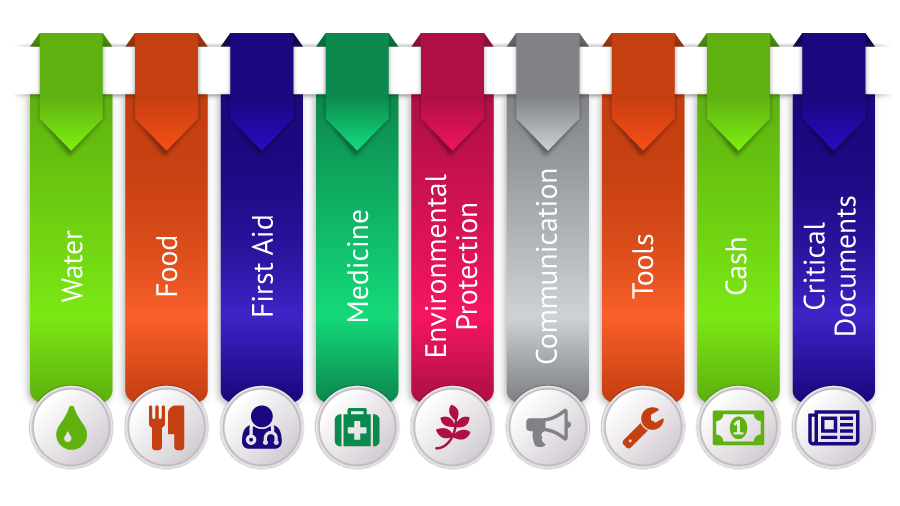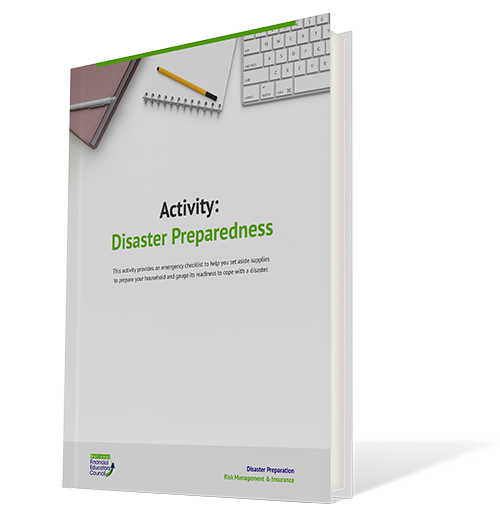National Preparedness Month
National Preparedness Month (September) is a US government-promoted effort to encourage people to prepare for a variety of emergency situations. Founded in 2004 by the Federal Emergency Management Agency (FEMA), the preparedness campaign is designed to remind people to proactively prepare for emergencies, natural disasters, and other disruptive events.
This month is a great time to evaluate your emergency funds and overall preparedness. Taking proactive steps can help you mitigate future risks and ensure that you have resources on hand to keep you self-sufficient and secure.
How to Prepare for an Emergency
Preparedness Month Tips
It’s important to be prepared. As we saw with the COVID crisis, the 2008 financial downturn, and 9/11 – o name a few – the world as we know it can change overnight. These disasters often come without warning, so the time to prepare is now. For full training on how to prepare for an emergency – click here.
Assessing Your Emergency Preparedness
While FEMA suggests having a three-day supply for evacuation, two-week supply for home, we suggest being more prepared and work toward having at least a one-year supply. Here’s how our financial coaches and financial educators assess a person’s emergency preparedness:
FEMA’s Schedule of Activities of National Preparedness Month
Visit FEMA’s website https://www.fema.gov/ or their Get READY site https://www.ready.gov/september for the full list of resources and activities. Here is an overview of what they have planned this year:
FEMA’s Schedule of Activities of National Preparedness Month
Visit FEMA’s website https://www.fema.gov/ or their Get READY site https://www.ready.gov/september for the full list of resources and activities. Here is an overview of what they have planned this year:


